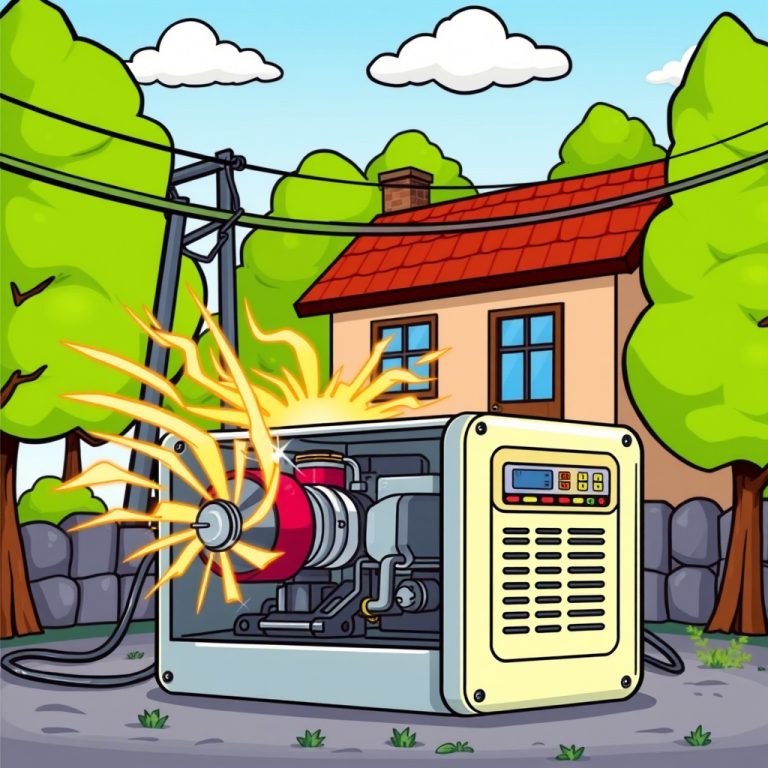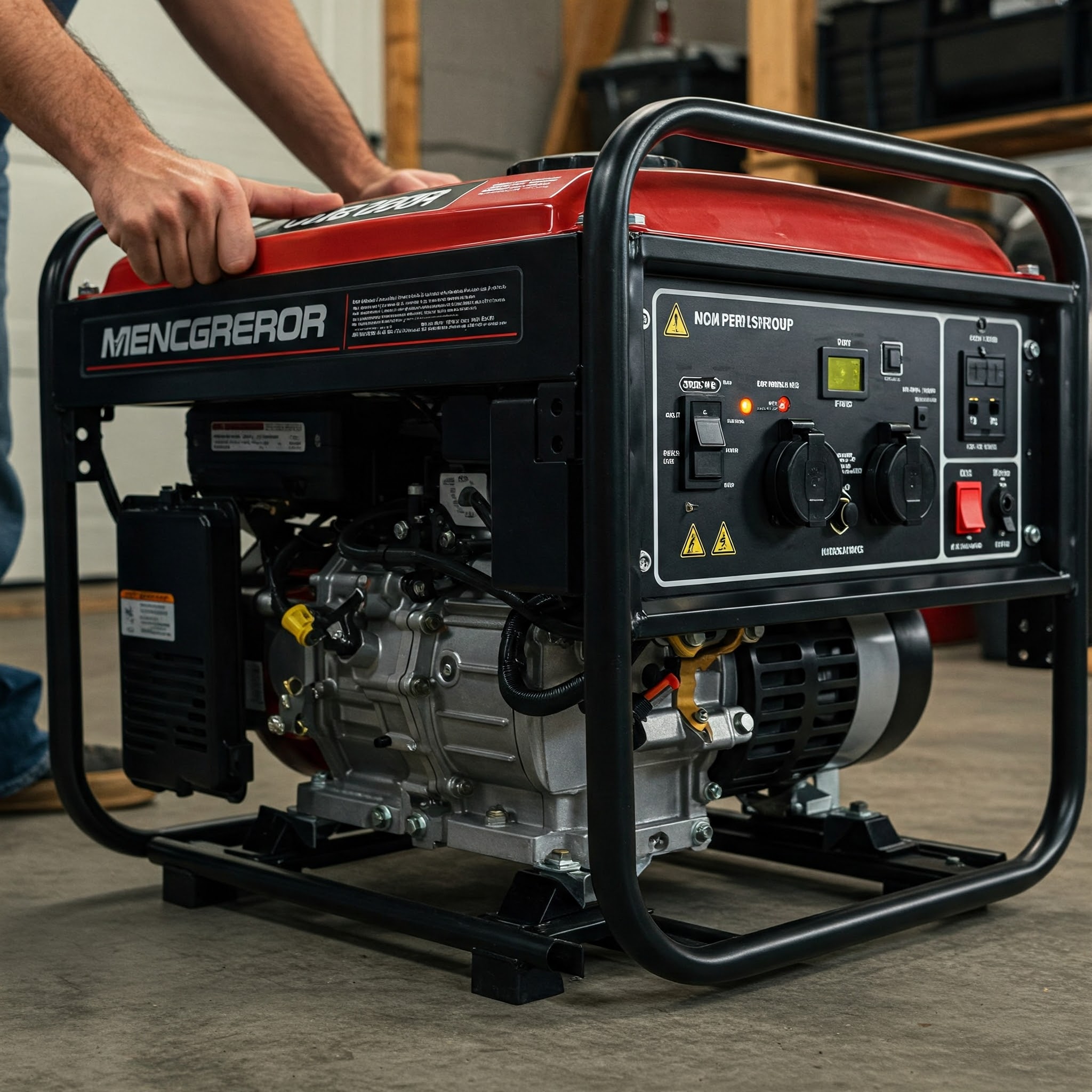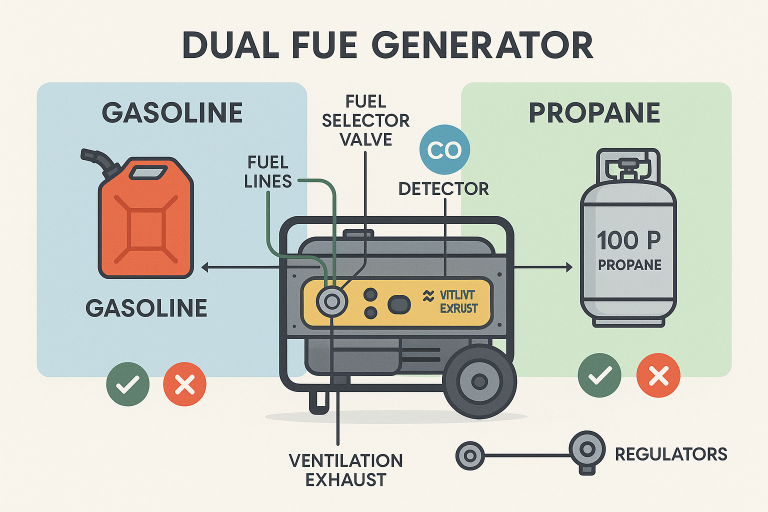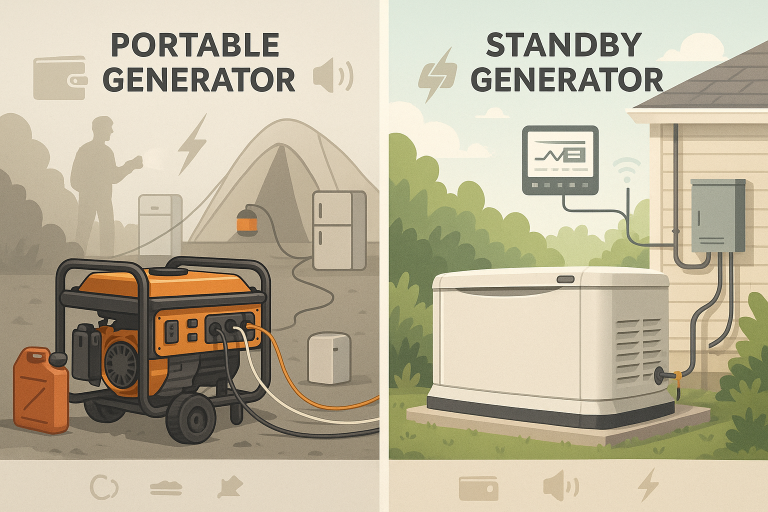How do I properly check the oil pressure in my portable generator?
It’s important to regularly check the oil pressure to ensure that your generator is running smoothly and efficiently.
The oil pressure in a generator refers to the amount of force exerted on the oil by the pump, and low oil pressure can indicate a problem with the generator’s lubrication system or potential engine damage.
In this article, I’ll walk you through the steps of how to properly check the oil pressure in your portable generator.
Step 1: Locate the oil pressure gauge
The first step in checking the oil pressure is to locate the oil pressure gauge. The oil pressure gauge is typically located on the control panel of the generator and displays the oil pressure in PSI (pounds per square inch). Refer to your generator’s owner’s manual for the specific location of the oil pressure gauge.
Step 2: Prepare to check the oil pressure
Before checking the oil pressure, make sure your generator is off and unplugged from any electrical devices. Allow the engine to cool down if it has been running recently.
Step 3: Check the oil pressure
Start the generator and let it run for a few minutes to get an accurate reading. The oil pressure should be within the range specified in the owner’s manual, typically between 40-60 PSI. If the oil pressure is lower than the specified range, it may indicate a problem with the lubrication system or potential engine damage.
Step 4: Check the oil level
Check the oil level in the generator to ensure that it is at the proper level. A low oil level can also cause a decrease in oil pressure.
Step 5: Check for leaks
Check the generator for any oil leaks that may be causing a loss of oil pressure. Look for any oil stains on the generator or oil droplets on the ground.
Step 6: Check the oil pressure regularly
It’s recommended to check the oil pressure in your generator every time you use it, or at least once a month if it’s not used frequently. Regularly checking and maintaining the oil pressure can help ensure that your generator is running smoothly and efficiently, and can prevent costly repairs down the road.
Example:
Let’s say you have a portable generator and you want to check the oil pressure before using it for the first time in a month.
- First, you would locate the oil pressure gauge, which would be on the control panel of the generator.
- Next, you would make sure that the generator is off and unplugged from any electrical devices. Allow the engine to cool down if it has been running recently.
- Start the generator and let it run for a few minutes to get an accurate reading. The oil pressure should be within the range specified in the owner’s manual, typically between 40-60 PSI.
- Check the oil level in the generator to ensure that it is at the proper level.
- Check the generator for any oil leaks that may be causing a loss of oil pressure. Look for any oil stains on the generator or oil droplets on the ground.
- Repeat this process of checking the oil pressure every time you use the generator or at least once a month if it’s not used frequently.
What to do if the Generator Oil Pressure is Out of Range
If you’ve checked the oil pressure in your portable generator and the reading is out of range, there are a few things you should do to address the issue.
- Check the oil level: Make sure that the oil level in the generator is at the proper level, as a low oil level can cause a decrease in oil pressure.
- Check for leaks: Look for any oil leaks that may be causing a loss of oil pressure. Check for any oil stains on the generator or oil droplets on the ground.
- Check the oil filter: Make sure the oil filter is clean and not clogged, a clogged oil filter can restrict oil flow and cause low oil pressure.
- Check the oil pump: If the oil pressure is still out of range after checking the oil level, and oil filter, and for leaks, the oil pump may be malfunctioning, and it would be necessary to have it inspected or replaced by a professional.
- Consult the owner’s manual: Consult the generator’s owner’s manual for specific instructions and recommendations for checking and maintaining the oil pressure. If the problem persists, contact the manufacturer or a professional technician.
- Stop using the generator: If the oil pressure is significantly out of range, it’s important to stop using the generator until the problem is resolved, as continued use can cause engine damage.
It is important to address any issues with the oil pressure in your portable generator as soon as possible to prevent any costly repairs or damage to the engine. Follow the manufacturer’s instructions for troubleshooting and maintenance, and if the problem persists, consider seeking assistance from a professional technician.
In conclusion, regularly checking the oil pressure in your portable generator is an important task that can help ensure it runs smoothly and efficiently. By checking the oil pressure, and oil level and looking for any leaks, you can ensure that the generator is in good condition and prevent any costly repairs. Remember to always refer to your generator’s owner’s manual for specific instructions and recommendations for checking and maintaining the oil pressure. Happy Generating!




